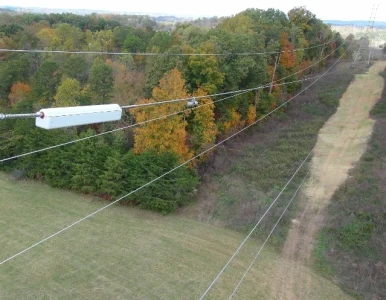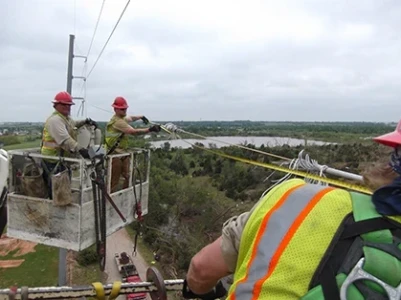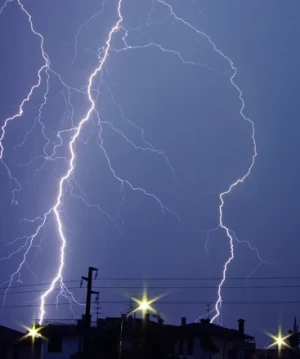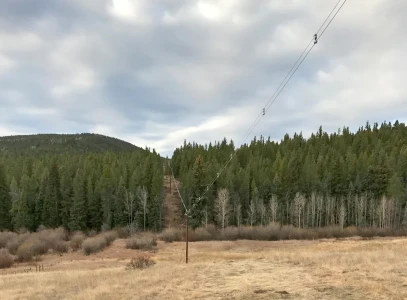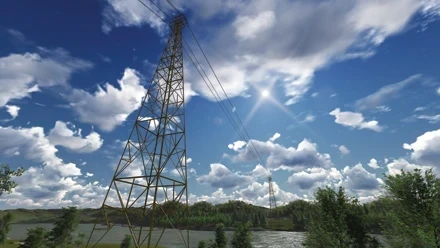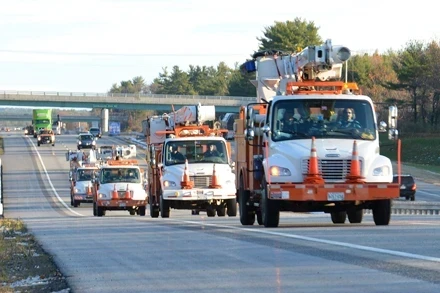Estimating Transmission Costs for New Generation Technologies
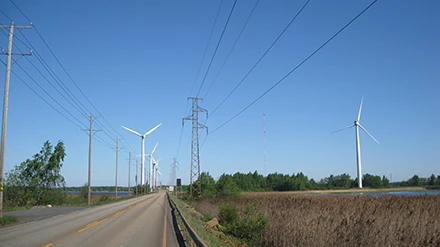
Often when project developers talk about the cost of a new power plant, wind farm, or solar installation, they’re referring to the capital cost of building a facility. Certainly those development costs have dropped over time—especially for wind and solar.
But developers overlook the cost to move power—at their peril. You might think that transmission costs—at least the fraction of those that developers of new plants must bear—are a very small part of the total. This is true for some types of renewable generation. Rooftop solar, for example, does not usually require upgrades to electric transmission systems that are designed to transmit high voltage electricity over long distances. But what about for utility-scale renewable projects?
Here, it’s less clear, so we examined the issue closely as part of our Full Cost of Electricity (FCe-) study in the white paper “Estimation of Transmission Costs for New Generation”
[PDF]. In recent years there have been several major new transmission expansions to support those projects. One example is the Competitive Renewable Energy Zone (CREZ) in Texas, a recently completed transmission expansion project
[PDF] designed to allow an additional 11,553 megawatts of wind power from West Texas.
CREZ had a total cost of approximately US $6.9 billion—or about $600 per kilowatt. Using a breakdown of who pays for what part of a transmission line, it’s easier to grasp why this cost is not usually considered by such metrics as levelized cost of electricity and is instead typically allocated to end-use customers. We found a correlation between the total annual installed generation and the total annual transmission investments for 69-, 138-, and 345-kilovolt infrastructure.
Excluding the investments performed during the CREZ project, the data show that thermal and noncoastal wind projects are driving transmission investments in the ERCOT (Texas) grid.



